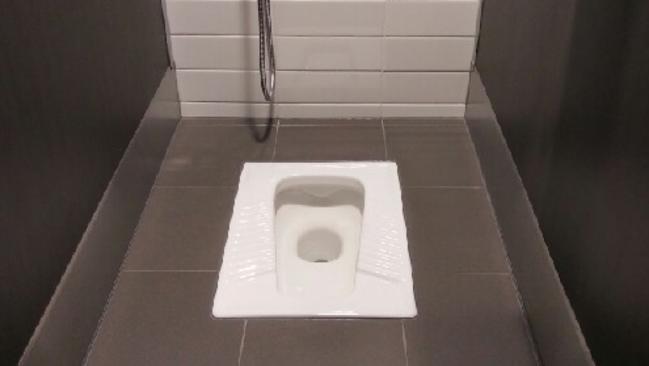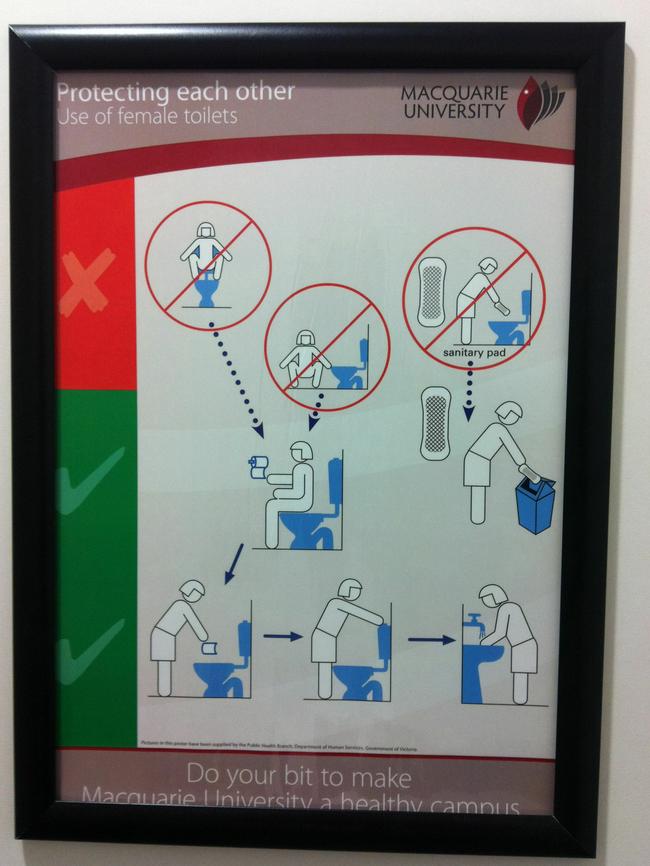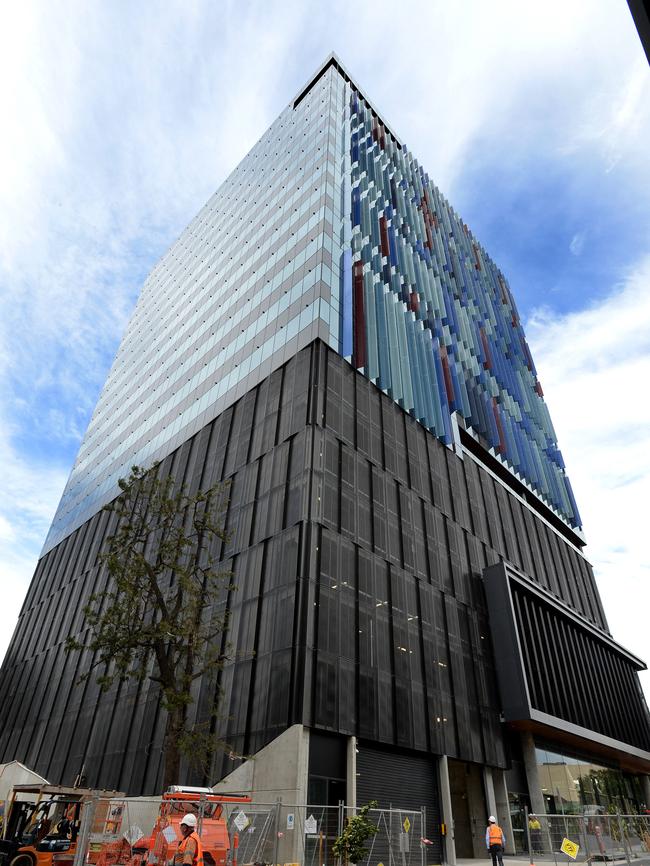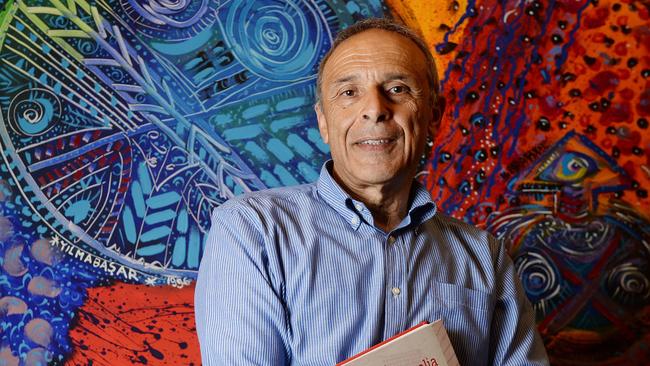Squat toilets in Australian Taxation Office’s Box Hill office cater to diverse workforce
SQUAT toilets have been installed in the ATO’s new offices in Melbourne’s east, as it looks to cater for a more culturally diverse workforce.

East
Don't miss out on the headlines from East . Followed categories will be added to My News.
SITTING down on the loo is optional for Box Hill’s tax officials, whose plush new digs include squat toilets favoured in parts of Asia and Europe.
The move is tipped to be repeated in the future, as employers cater to an increasingly diverse workforce not always familiar with the traditional western toilet.
Institutions such as universities with large numbers of overseas students have been grappling with the problem for years.
Macquarie University teaching migrant students how to use a toilet correctly
Macquarie University in Sydney resorted to toilet lessons, given via a poster on the back of cubicle doors, instructing students not to stand on the toilet seats. The poster included a person standing on the toilet seat and squatting over the bowl with a line through it.
HAVE YOUR SAY: Does Australia need more squat toilets? Tell us below
Australian Services Union taxation branch secretary Jeff Lapidos said the Australian Taxation Office (ATO) resorted to toilet lessons on cubicle doors at its Canberra head office after the same problem emerged about three years ago.
“What they would do is put their feet on either side of the toilet seat and quite often miss,” he said.
“It wasn’t good for other staff who came along afterwards and would have to complain repeatedly about the state of the toilets.”

Mr Lapidos said the issue had to be “delicately” broached because no one knew who was responsible, although he acknowledged the ATO had a large number of staff from South-East Asia and the subcontinent.
Mr Lapidos was sure the Canberra experience influenced the design at Box Hill, where there was a squat toilet on level 7 and at least one other on another floor of the building.
“I think it’s fair enough for them to have a different type of toilet if only for practical reasons of hygiene,” he said.
“I can imagine it will spread throughout new buildings and I can even see them appearing in other places where toilets are being replaced.”
ATO acting chief finance officer Justin Untersteiner said more than 20 per cent of ATO employees identified as coming from a non-English speaking background.
“We are committed to maintaining an inclusive workplace that engages, informs and supports all our employees, whatever their background,” he said.
“This commitment includes building designs with a range of facilities that cater for the different needs of our employees.”

Mr Untersteiner said the ATO had a responsibility to provide a safe, inclusive and accessible workplace where diversity was embraced. Asked if the ATO would introduce squat toilets to its other offices, he said a range of factors were considered in new or existing buildings including “the local workforce”.
The squat toilets were welcomed by Australian Multicultural Foundation executive director Hass Dellal, who said Australia was catching up with the overseas trend of giving people a choice.
“I don’t see why people cannot have a preference because it’s not just a cultural preference, it’s also a health preference because it allows for more natural bowel movement,” he said.
“It’s not something that’s new because many western societies for many centuries have had them. It’s not something that should be used to debate whether we are catering to cultural groups.”

The child of Turkish Cypriot parents said squat toilets were more common in Asia and southern Europe including France, Germany, Turkey, Italy and Greece as well as some of the former Soviet republics. In Germany, he said squat toilets were being installed in accommodation for Syrian migrants. In Australia, he said he had noticed some in religious and cultural centres.
Dr Dellal, who is also an OAM recipient and SBS chairman, said the squat style of toileting was becoming more popular because of its health benefits. He expected more bathrooms in the future to accommodate both styles, which would be a “positive thing”.
The issue of whether new buildings should include squat toilets has been raised before. In 2013 South Australia Pathology research director Professor Heddy Zola argued it was “sensible” to install squat toilets in new buildings, especially those used by large numbers of migrant students and staff.
“I wouldn’t be surprised if in 30 years’ time, all buildings had to have both styles,’’ he said.
The art every traveller should master
Australian Bureau of Statistics figures from 2013 show overseas migration represented 60 per cent of Australia’s population growth. The United Kingdom continues to be the largest group of overseas-born residents (5.3 per cent), followed by New Zealand (2.6 per cent), China (1.8 per cent), and India (1.6 per cent).


